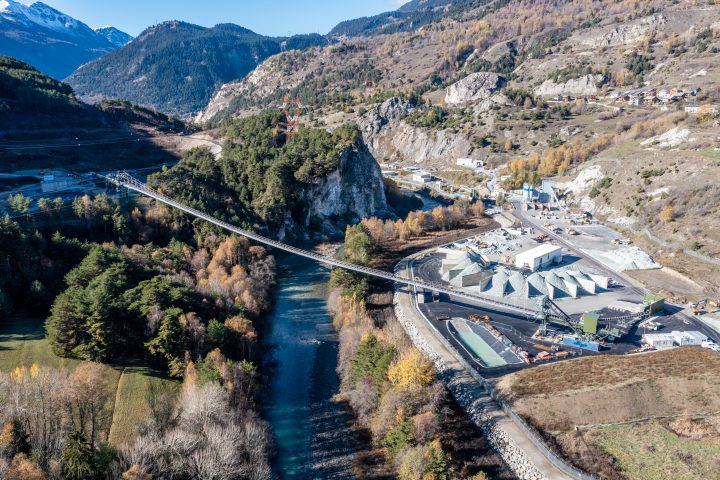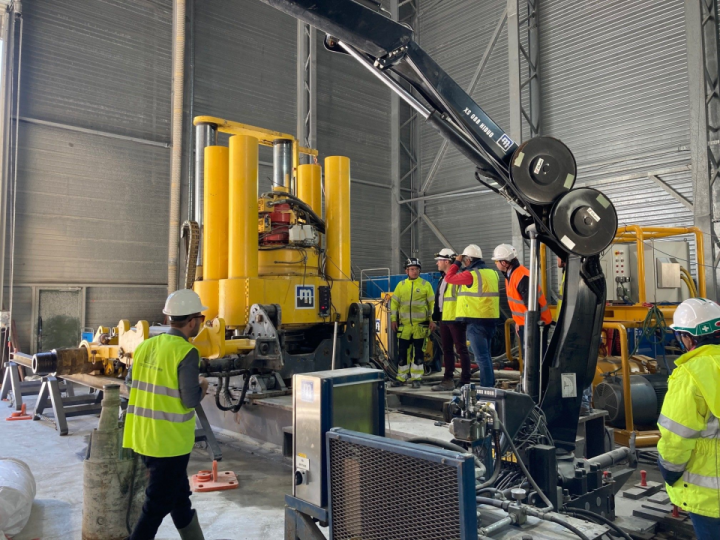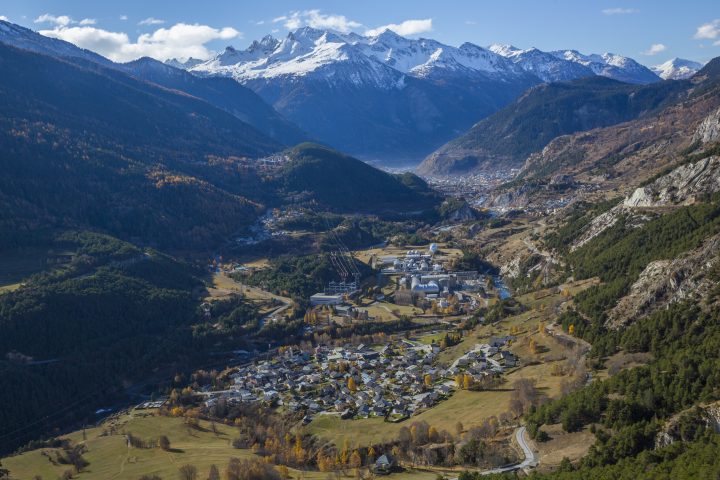
Context
The Lyon-Turin rail line is part of the programme to improve passenger traffic and develop European economic exchanges, for a sustainable and responsible transition in transport, by shifting long-distance road transport to rail.
The aim of the Lyon-Turin line is to relieve the Alpine roads of one million heavy goods vehicles by 2030, thereby reducing greenhouse gas emissions by around 3 million tonnes of CO2 equivalent. More broadly, the aim is to improve European links via the Alps.
The work package for the ventilation shafts and safety caverns at Avrieux is a major challenge for completion of the line. It is part of the essential preparatory work for the construction of the tunnel, which should significantly reduce the pollution caused by road traffic in the valleys, by allowing the base tunnel to be ventilated throughout the digging phase.
Meeting the delivery dates for the construction of the ventilation shaft at Avrieux is essential for work to continue on the base tunnel, which is expected to operate for 150 years.






